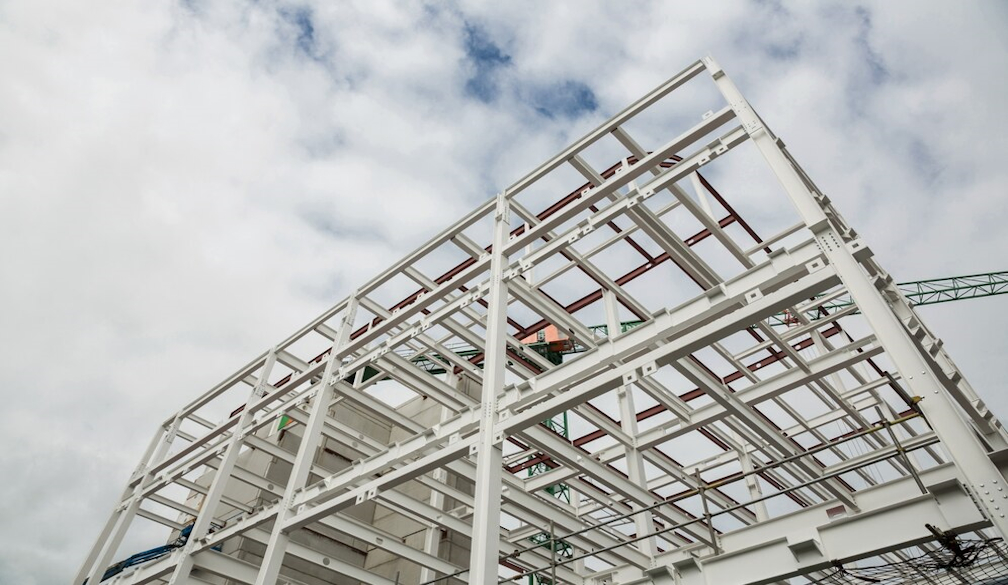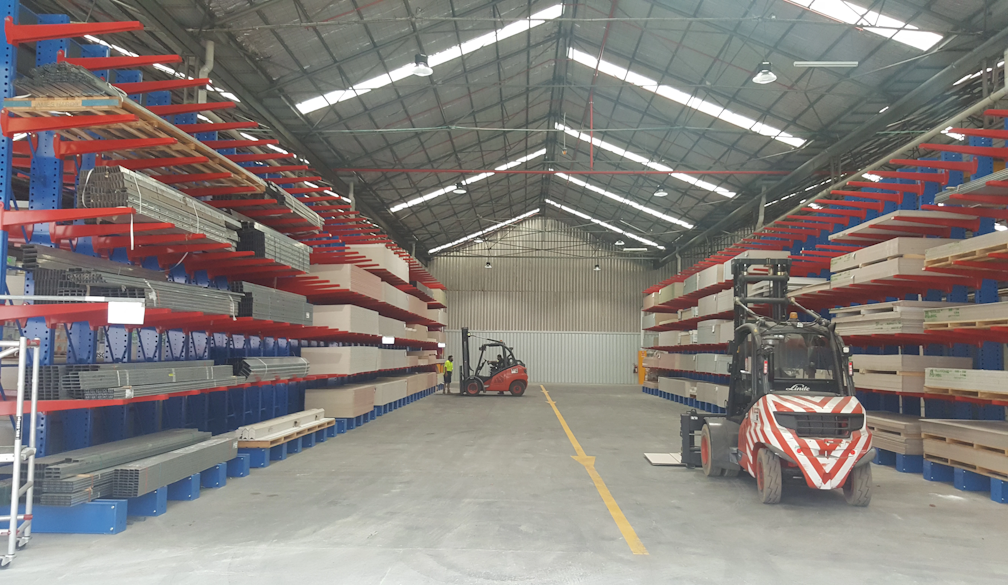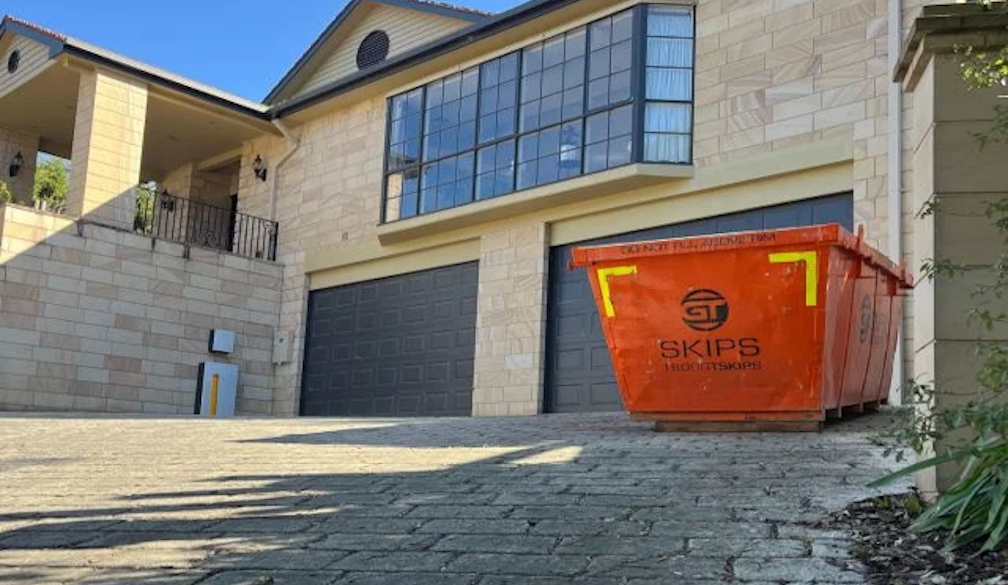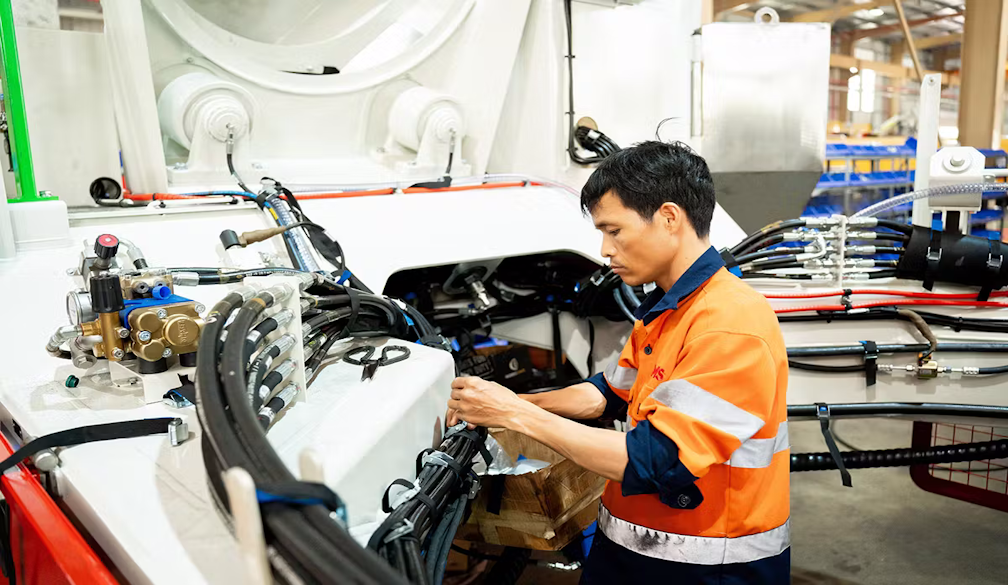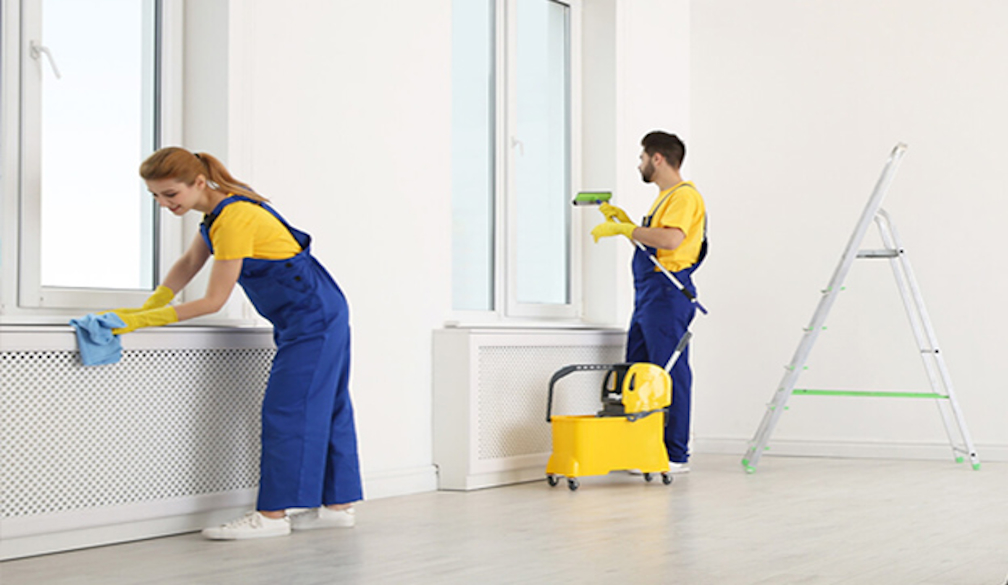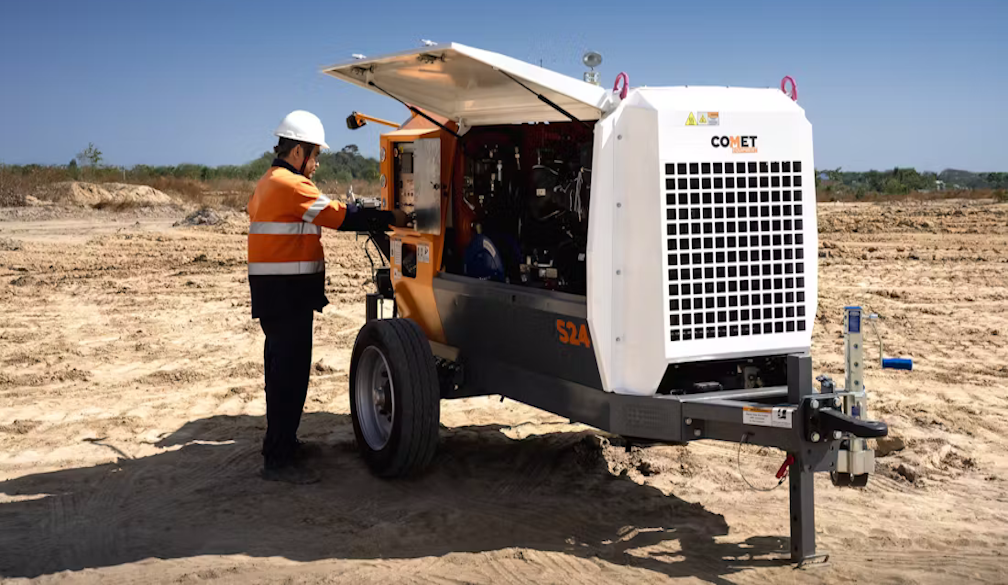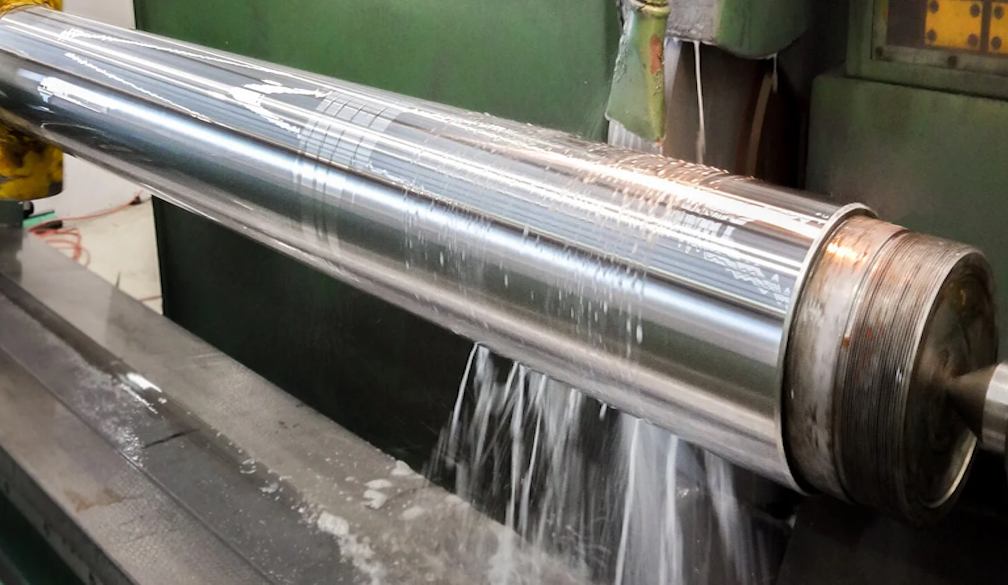How Steel Framing Can Improve the Structural Integrity of Your Building
- Written by The Express

When it comes to constructing buildings with robust structural integrity, steel framing stands out as a superior choice. This method of construction has gained popularity due to its numerous benefits over traditional framing materials. Here’s an in-depth look at how steel framing can enhance the structural integrity of your building and why it’s worth considering for your next project.
-
Superior Strength and Durability
Steel framing is renowned for its exceptional strength and durability. Steel’s inherent properties make it far more robust than timber or other traditional materials. It can withstand significant loads and stresses without bending or warping. This strength ensures that buildings framed with steel can handle the weight of various structural components and external forces such as wind and seismic activity. As a result, steel-framed buildings are less likely to suffer from structural damage over time.
-
Resistance to Environmental Factors
One of the significant advantages of steel framing is its resistance to environmental factors. Unlike timber, steel is not susceptible to rot, termites, or fungal decay. It also does not absorb moisture, which means it remains stable and maintains its structural integrity even in humid or wet conditions. This resistance to environmental damage translates to lower maintenance costs and a longer lifespan for the building.
-
Enhanced Fire Resistance
Steel framing offers superior fire resistance compared to traditional materials. Steel does not burn, which makes it a safer option in terms of fire protection. In the event of a fire, steel framing maintains its structural integrity longer than timber, which can weaken and collapse under high temperatures. This enhanced fire resistance contributes to the overall safety of the building and can potentially lower insurance premiums.
-
Precision and Consistency
Steel framing is manufactured with a high degree of precision in controlled environments. This precision ensures that the steel components are uniform and fit together perfectly, reducing the likelihood of construction errors. The consistent quality of steel framing allows for quicker and more accurate assembly on-site, contributing to faster project completion times and fewer delays.
-
Flexibility in Design
Steel framing provides greater flexibility in design compared to traditional materials. Steel’s strength allows for larger open spaces and wider spans without the need for intermediate supports. This design flexibility can lead to more innovative and aesthetically pleasing architectural solutions. Additionally, steel framing can be easily adapted for future renovations or expansions, making it a versatile choice for long-term projects.
-
Sustainability and Environmental Benefits
Steel is a highly sustainable material as it is 100% recyclable and can be reused without losing its properties. Using steel framing in construction supports environmentally friendly building practices by reducing waste and conserving natural resources. Additionally, the durability and longevity of steel framing contribute to a longer building lifespan, reducing the need for frequent replacements or repairs.
-
Cost-Effectiveness
While the initial cost of steel framing might be higher than traditional materials, it can prove to be more cost-effective in the long run. The reduced need for maintenance, lower insurance premiums, and extended lifespan of steel-framed buildings can offset the initial investment. Additionally, the faster construction times and reduced labour costs associated with steel framing can contribute to overall cost savings.
-
Improved Safety During Construction
Steel framing enhances safety during the construction phase. The precision of pre-fabricated steel components means that there is less on-site cutting and welding, which reduces the risk of accidents. Furthermore, steel framing is less likely to be affected by weather conditions, which can improve safety and efficiency on construction sites.
Conclusion
Steel framing offers numerous advantages that significantly improve the structural integrity of buildings. Its strength, durability, resistance to environmental factors, and fire safety make it a superior choice for modern construction. With added benefits such as design flexibility, sustainability, cost-effectiveness, and improved safety during construction, steel framing stands out as a robust and reliable solution for ensuring the long-term stability and performance of your building. Embracing steel framing can lead to a more resilient and future-proof structure, providing peace of mind and value for years to come.

